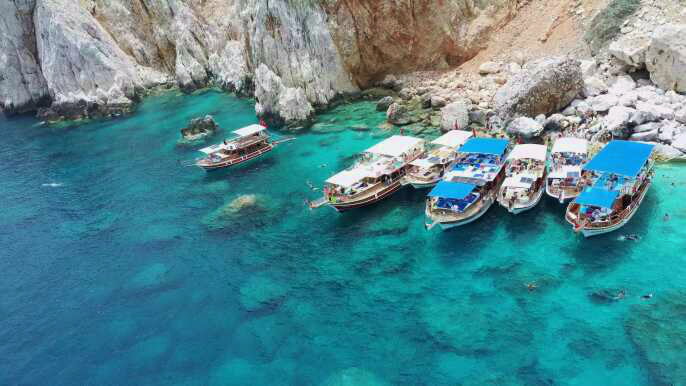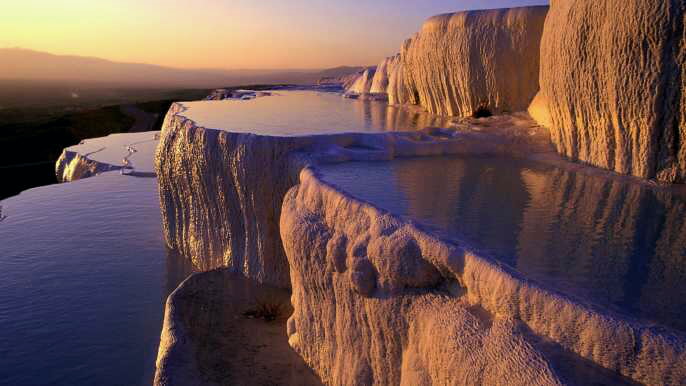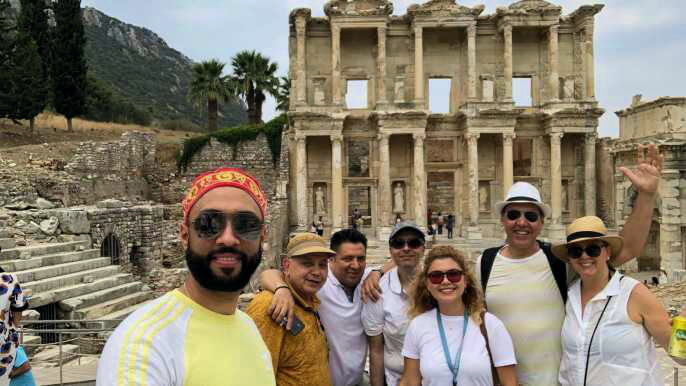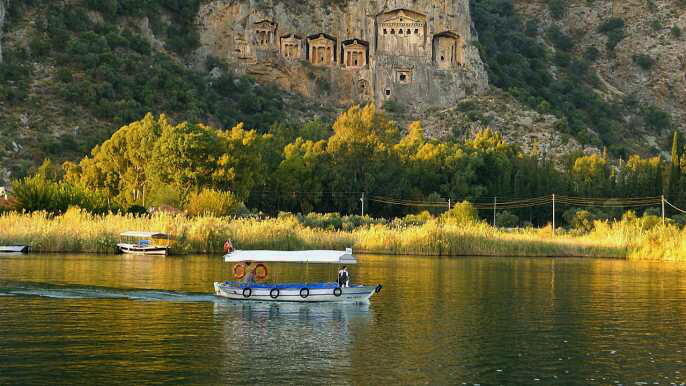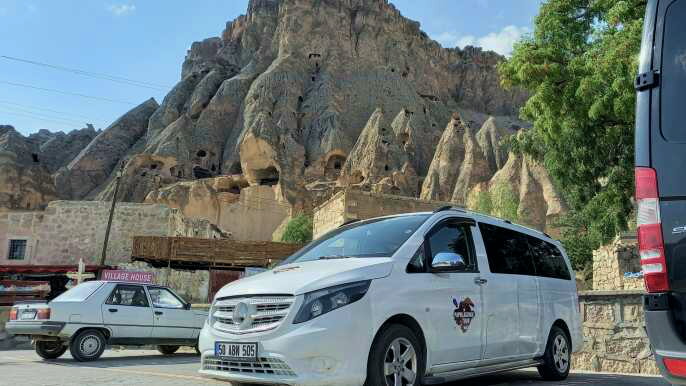There is so much to see and do in Istanbul, from historic attractions to trendy neighborhoods. It’s a city that’s filled with wellness retreats, culinary surprises and picturesque panoramas.
One of the most fascinating places to visit in Istanbul is the Basilica Cistern. This underground complex is a relic of the Byzantine Empire’s water system and is home to hundreds of ancient Ionic columns.
Blue Mosque
The Blue Mosque, also known as the Sultan Ahmed Mosque (Turkish: Sultan Ahmet Camii), is one of Istanbul’s most impressive landmarks. It is a functioning mosque that attracts large numbers of tourists and is located next to the Hagia Sophia, another important historic site.
The mosque was designed to symbolize the king’s imperial power and it was constructed between 1609 and 1616 by architect Sedefkar Mehmet Aga. Its curvaceous design features a central dome surrounded by a cluster of smaller semi-domes.
The elegant interiors boast 20,000 handmade ceramic Iznik tiles. These exquisite decorations are accentuated by different floral motives and get their light through more than 260 windows with stained glass.
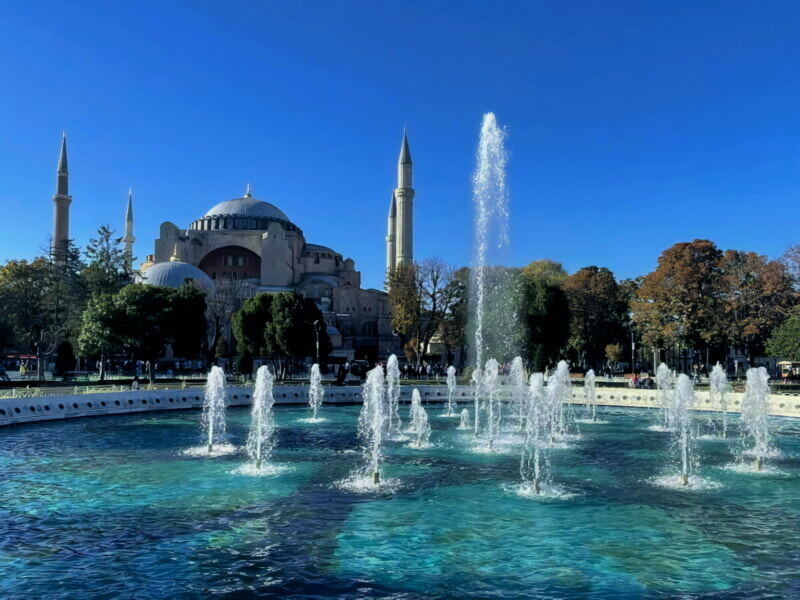
Hagia Sophia
Before Istanbul was conquered by the Ottomans, Hagia Sophia was the Byzantine empire’s largest church. It also served as the state’s official religious centre and was where imperial emperors were crowned.
Today, the Hagia Sophia is one of Istanbul’s most famous landmarks. Its multicoloured mosaics depicting the Virgin Mary, angels and other Christian symbols are incredibly stunning.
The building was converted into a museum in 1935 by Turkish President Kemal Ataturk, who understood its importance for both Christians and Muslims. But in 2020, President Erdogan changed it back into a mosque and Islamic prayers are now held at the site with curtains partially covering the building’s Christian imagery.
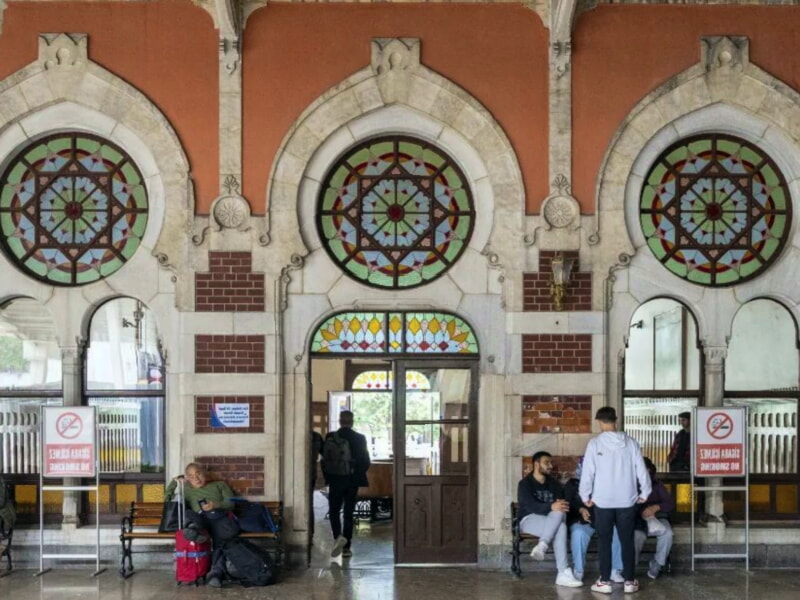
Topkapi Palace
Topkapi Palace is a historical gem, located on the peninsula overlooking the Bosphorus, Golden Horn and Sea of Marmara. It was the administrative, educational and artistic center of the Ottoman Empire for four centuries.
The palace consists of four courtyards interconnected with galleries and passages. There are also pavilions, kitchens, barracks, audience chambers and kiosks.
Inside this palace is a treasure trove of items dating back to the early Islamic era. These include the 86 carat Spoon Maker’s Diamond, the Topkapi Dagger, several thrones, huge emeralds and relics of St. John the Baptist.
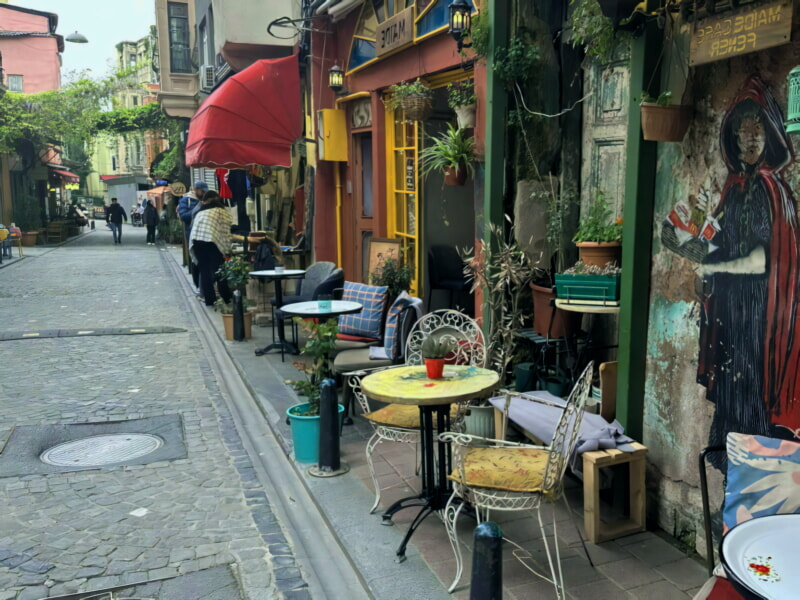
Grand Bazaar
The Grand Bazaar is one of the most significant tourist sites in Istanbul. This massive covered market is located within walking distance of must-visit sights such as the Blue Mosque and the Suleymaniye Mosque.
It is also one of the oldest and largest covered markets in the world. It has 61 streets and more than 4,000 shops.
The Grand Bazaar is famous for its arched brick dome roofs and maze-like hallways. It also has a number of restaurants and cafes.
Museum of Innocence
A visit to the Museum of Innocence is a must in Istanbul. Nobel prize winner Orhan Pamuk has created a museum displaying artifacts from his best-selling novel.
The Museum of Innocence, located in the Cukurcuma neighbourhood of Istanbul, displays items from the novel in order to illustrate scenes and characters. It's a fascinating exhibition that really works in tandem with the book itself.
In the novel, a wealthy businessman Kemal falls in love with a girl named Fusun in Istanbul during the 1970s. He pursues her, but she's engaged to someone else.
Beylerbeyi Palace
Located on the Asian shore of the Bosphorus, Beylerbeyi Palace was the summer residence of several sultans. It was built in 1861-1865 by Sarkis Balyan and Agop Balyan in French neo-baroque style with a traditional Ottoman house plan.
In addition to being the royal summer residence, Beylerbeyi was also a reception venue for foreign dignitaries visiting Istanbul. It hosted Shah Nasireddin of Iran, Prince Oscar of Sweden, and Empress Eugenie of France.
Beylerbeyi Palace is one of the most luxurious historical places in Istanbul. It’s packed with massive crystal chandeliers, sweeping staircases, art and clocks, and porcelain adornments.
